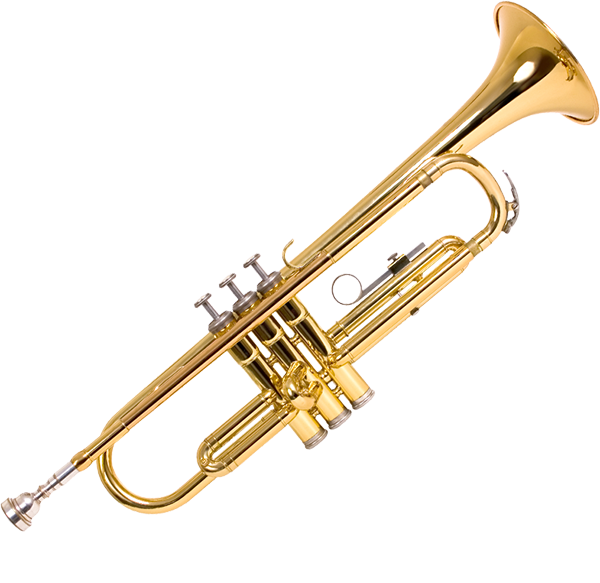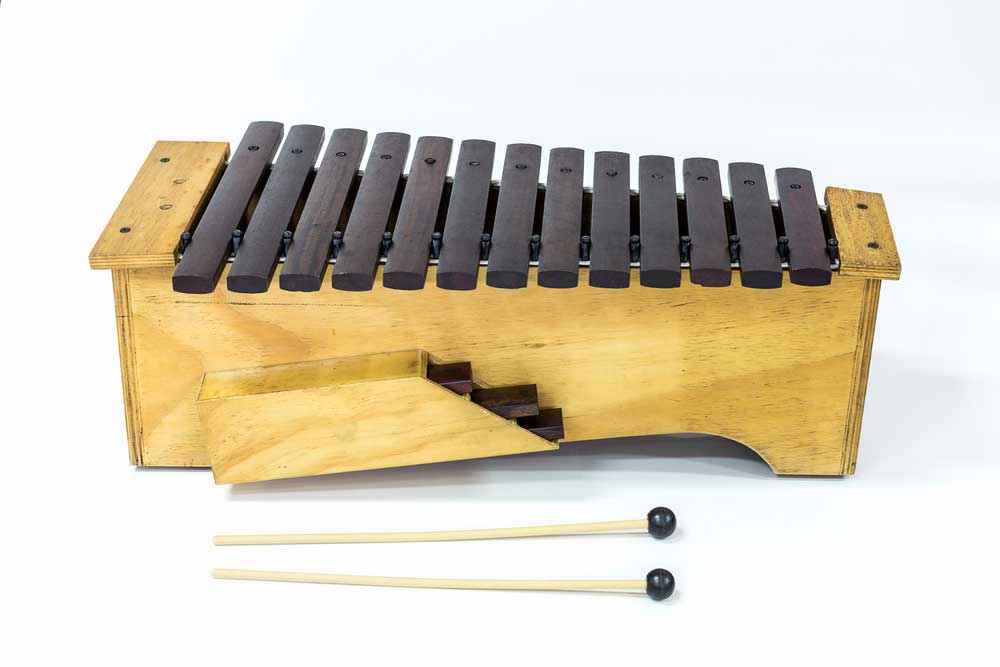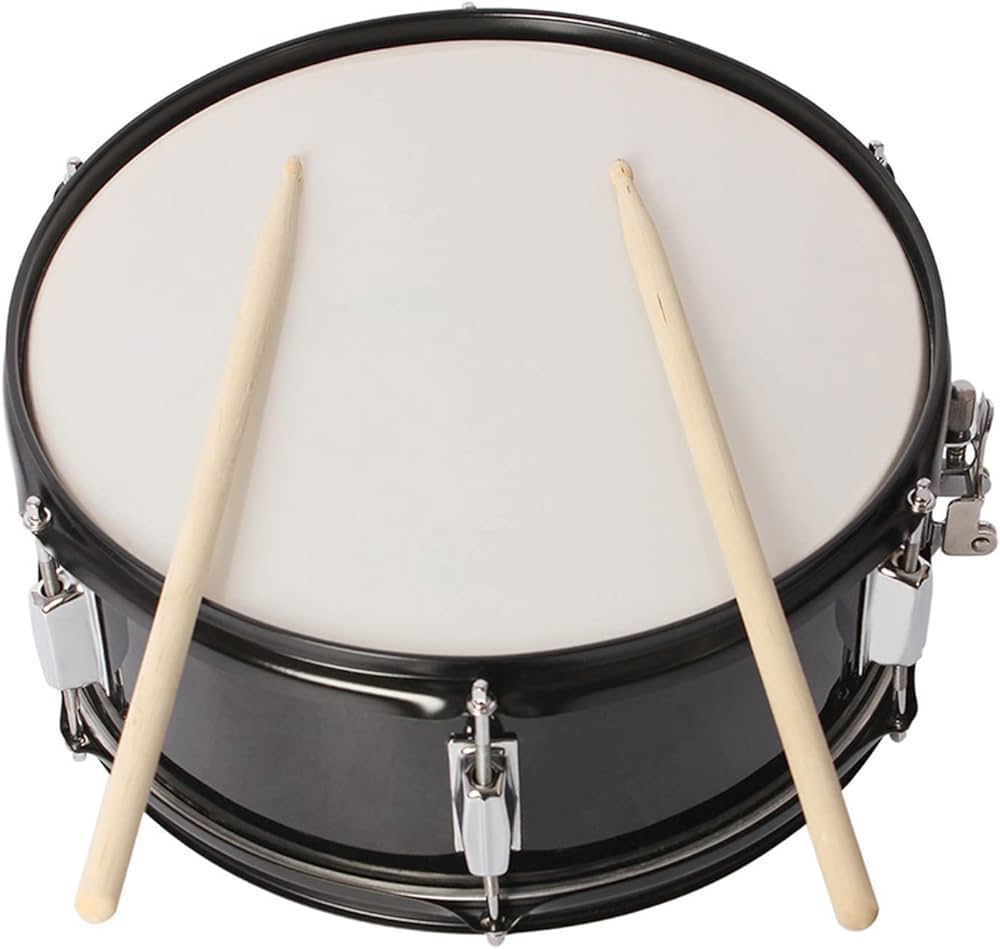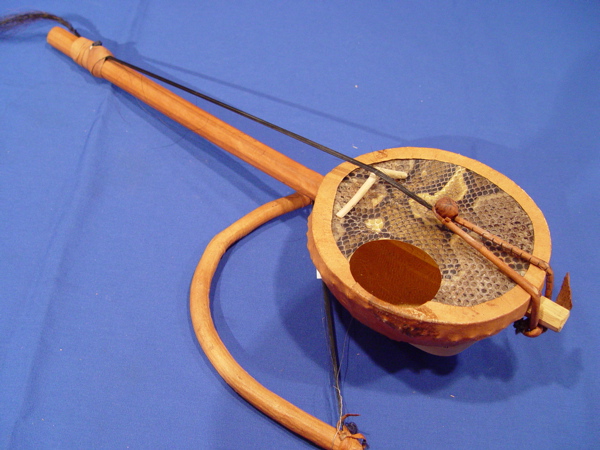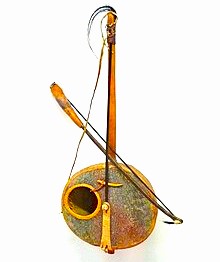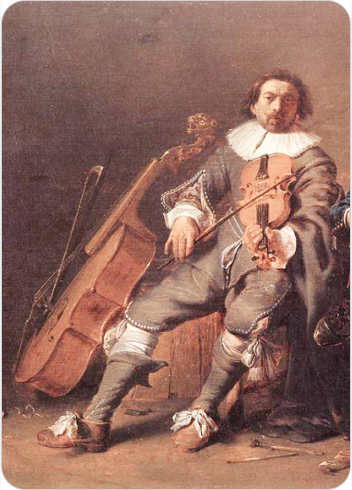Goje
Bowed Instruments
Africa
Between 1001 and 1900 AD
Video
Mali, a country known for its rich cultural heritage and musical diversity, is home to a variety of unique traditional instruments. One such instrument is the Goje, a stringed instrument that has played a significant role in the musical traditions of the region.
The Origins and History of the Goje
The Goje has its roots deeply embedded in the musical traditions of West Africa, specifically in Mali, which is known as a cultural and musical hub of the Sahel region. The instrument traces its origins back to the 15th century, during the height of Mali’s mighty Malian Empire. Mali’s history of empires and kingdoms, such as the Mali Empire (circa 1235–1600) and later the Kingdom of Segou, contributed to the development of various musical traditions that combined indigenous African music with influences from Arab and Berber cultures. These influences resulted in the creation of the Goje, alongside other popular instruments like the kora, balafon, and ngoni.
Mali’s musicians have long used their music to tell stories, celebrate important events, and pass down history through oral tradition. The Goje became an integral part of this legacy. Traditionally, the Goje was played by griots—poet-historians or storytellers who used music to preserve the culture and genealogies of important families. Griots would often use the Goje to accompany their songs and narratives, which could cover everything from historical events to life lessons.
Design and Construction of the Goje
The Goje is a single-stringed instrument that is similar in appearance to a violin or fiddle, though much smaller in size. It is typically made from wood and features a hollow body, often carved from a gourd or a wooden box. The string is traditionally made from animal gut or more recently, nylon. The Goje’s neck is long and slender, and the instrument is played with a bow, just like the violin, though some versions of the Goje can be played with the fingers in a plucking motion.
The Goje’s simplicity in design belies the richness of its sound. The one string can produce a wide variety of tones depending on how it is tuned, and the bowing technique can create nuanced expressions. It is most commonly used in solo performances, but it can also accompany other instruments in ensemble settings.
Cultural Significance of the Goje
The Goje holds deep cultural significance in Mali. It is more than just an instrument—it is a tool for storytelling, a vessel for oral history, and a means of communication. Griots often used the Goje to convey important messages, keep genealogies of ruling families, or celebrate the achievements of warriors and kings. The instrument is also played during festive occasions such as weddings, birth celebrations, and other community events.
- In many rural areas of Mali, the Goje continues to be an essential part of local life. It is used to mark significant events in the lives of individuals and communities, helping people connect to their heritage. The sounds of the Goje are also used to inspire and evoke deep emotional responses, often reflecting the joy, sorrow, or triumph of the stories being told.
- The Goje is also a symbol of Mali’s broader musical heritage, which influences artists and musicians around the world. The modern resurgence of interest in African traditional music has seen musicians incorporating the Goje into new genres, blending its distinct sound with contemporary styles.
Modern Influence and Revival
While the Goje remains a vital part of Mali’s traditional music scene, its prominence has fluctuated over the years. During the colonial era and the subsequent independence period, many traditional instruments were overshadowed by Western influences and modern technology. However, in recent decades, there has been a resurgence of interest in preserving and revitalizing traditional African instruments, including the Goje. Musicians in Mali and beyond are rediscovering the Goje, with some contemporary artists incorporating it into modern fusion music. This revival has sparked a new wave of appreciation for the instrument, ensuring that it continues to be an important part of Mali’s musical heritage. The Goje is now being played by musicians not only in Mali but also in other parts of Africa and the world, as its unique sound continues to inspire new generations.
The Goje is more than just a musical instrument; it is a symbol of Mali’s rich cultural history and its vibrant musical traditions. With roots dating back to the 15th century, it has played a crucial role in storytelling, historical preservation, and the expression of community values. Whether in the hands of griots or modern musicians, the Goje remains a beautiful testament to the enduring power of music in Mali and across West Africa.
FAQ
What is the origin of the Goje musical instrument?
The Goje is a traditional string instrument originating from West Africa, particularly Mali. It is commonly used by the Fulani and Hausa people and holds an important place in the musical traditions of the region.
What is the significance of the Goje in Malian culture?
The Goje is significant in Malian culture as a storytelling and ceremonial instrument. It is often used to accompany songs, narrate folk tales, and perform in spiritual and community gatherings, symbolizing a deep connection to cultural heritage.
What are the features of the Goje musical instrument?
The Goje is a bowed string instrument featuring a resonating body made from a gourd covered with animal skin. It typically has one or two strings and produces a rich, resonant sound when played with a horsehair bow.
 Links
Links
References
Other Instrument
Categories

